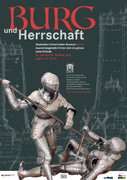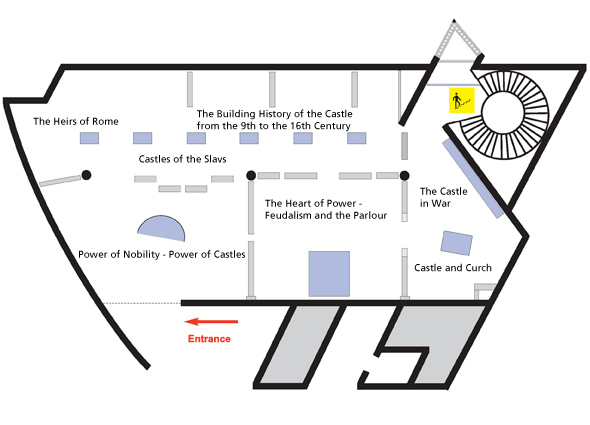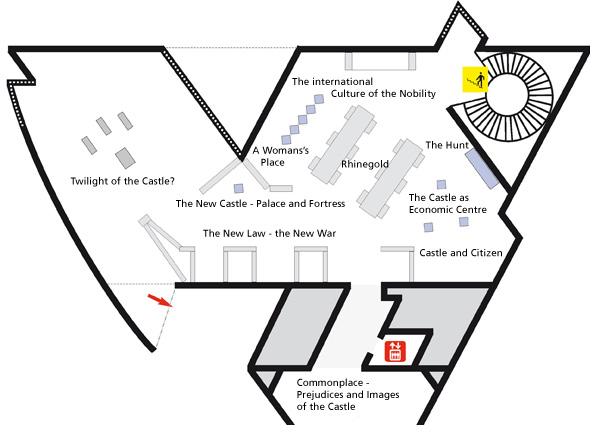


To ward off the barbarians the Roman Empire had set up heavily fortified "burgi" along the "limes", the border. The old Germanic word "burg" meant at first "Berg" – mountain –, which is what the barbarians called the Roman cities. The Germanic conquerors of the Romans then took up residence in those cities, in former palaces or under massive city gates. The land-owning, free upper class, forefathers of the medieval nobility, lived outside of the cities in unfortified farmsteads. The travelling kings set up unfortified palaces modelled on the Roman villas as their new central residences. They offered accommodation and served as gathering places. As the Frankish Empire expanded eastward, large wooden and earthen enclosures were erected to secure the border. Built on behalf of the king, they accommodated troops, but also craftsmen, traders and churches. Since the crisis of the Frankish Empire in the 9th century the nobles built their own fortifications out of wood and stone – to protect the Empire and to their own advantage.


